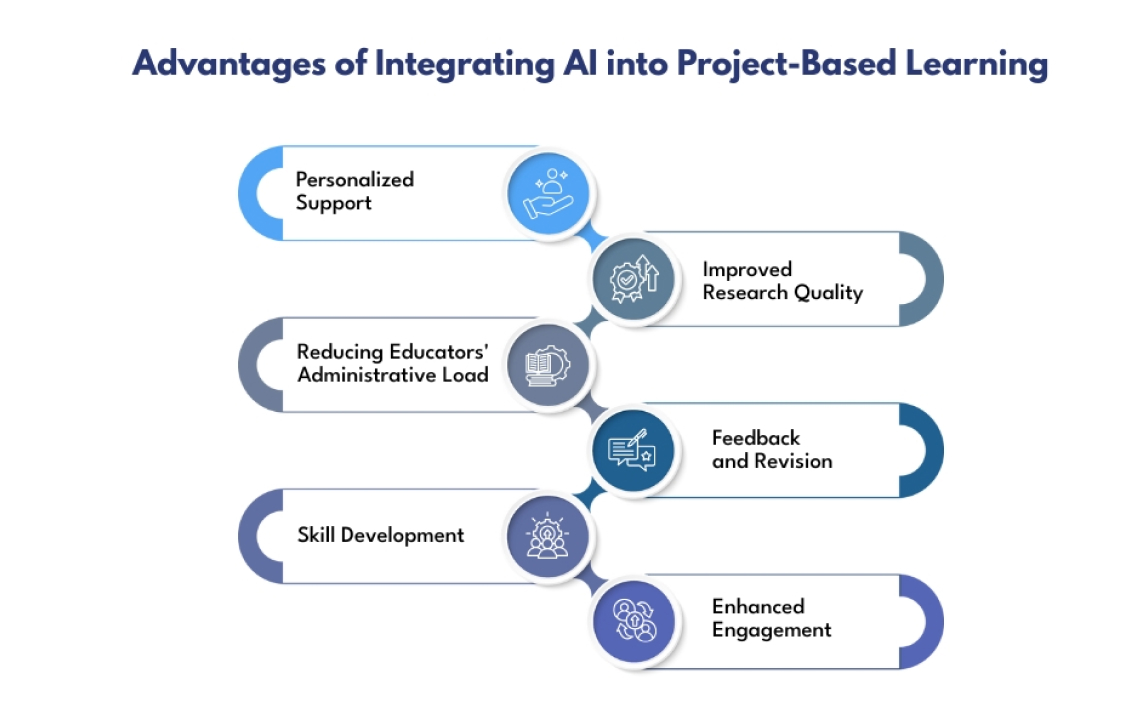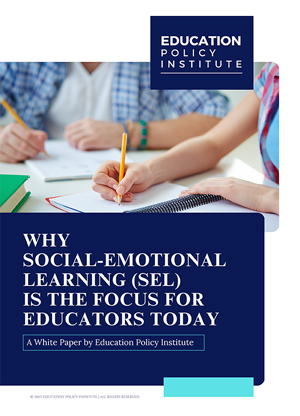Artificial Intelligence (AI) is reshaping every aspect of education, including how students engage with content, solve problems, and develop real-world skills. Project-Based Learning (PBL), an instructional approach that emphasizes student-driven exploration and hands-on inquiry, has found a powerful ally in AI. As classrooms increasingly embrace digital tools, the integration of AI with PBL is emerging as a game-changer for developing creativity, collaboration, and critical thinking. This article explores how AI and PBL intersect and what it means for the future of learning.
The Advent of AI in Project-Based Learning
AI's entrance into the realm of Project Based Learning has brought a new dimension to how students interact with projects. Instead of relying solely on traditional resources and teacher guidance, students now have intelligent tools to support them at every phase—from idea generation to final presentation.
AI technologies, such as language models, content generators, and data analysis tools, are being used to help students conduct research, organize their thoughts, and even visualize complex data. This has transformed the learning experience into one that is more personalized, efficient, and dynamic. With AI, learners have the opportunity to move beyond surface-level understanding and dig deeper into complex, real-world challenges.
AI Brainstorming
One of the most exciting roles AI plays in Project Based Learning is during the brainstorming phase. Generating ideas can often be a difficult first step for students, especially when they are unfamiliar with a topic or lack confidence in their creative abilities. AI tools can help overcome this by suggesting project themes, providing prompts, and offering insights drawn from a vast database of knowledge.
For example, students working on environmental projects can ask AI for current trends, challenges, and case studies. This gives them a launching pad to think critically and shape unique project angles. Moreover, AI can help refine initial ideas into viable project questions or objectives, helping students set clearer goals and focus their efforts from the beginning.
In group settings, AI also acts as a neutral brainstorming partner—giving input without dominating the discussion or creating bias. It sparks diverse ideas and widens the scope of student thinking.
Advantages of Integrating AI into Project-Based Learning
The blend of AI and Project Based Learning offers several noteworthy advantages:

- Personalized Support: AI tools can adapt to different learning styles and levels. Whether a student needs help with writing, data analysis, or organizing their project timeline, AI can assist in a way that matches their pace and needs.
- Improved Research Quality: Students can access curated information faster and analyze it more effectively. AI tools can help summarize complex articles, translate languages, and detect patterns in large datasets.
- Reducing Educators' Administrative Load: Teachers often spend a significant amount of time on organizational aspects of project work—tracking submissions, drafting outlines, or reviewing documentation. AI can ease this burden by automating many of these repetitive tasks. With those responsibilities handled, educators can shift their focus toward mentoring students, guiding project development, and providing detailed feedback where it matters most.
- Feedback and Revision: Many AI platforms offer instant feedback, allowing students to improve their work in real-time. This encourages a cycle of continuous reflection and learning.
- Skill Development: Integrating AI in Project Based Learning supports essential skills like digital literacy, ethical reasoning, and information management. Students also learn how to collaborate with technology—a skill that will be increasingly valuable in their careers.
- Enhanced Engagement: AI-powered interactivity keeps students curious and involved. It adds a modern edge to project work, making learning feel more relevant and meaningful.
How Project-Based Learning Becomes Simpler with the Use of AI
While Project Based Learning is known for its rich learning outcomes, it can be complex to manage—especially when it comes to planning, collaboration, and assessment. AI helps simplify these aspects:
- Organizing Workflows: AI tools can help students create project timelines, break tasks into manageable parts, and set reminders. This is particularly useful in group projects, where coordination is key.
- Research Efficiency: Instead of sifting through endless web pages, students can ask AI to summarize resources or find relevant articles. This helps them focus more on analyzing and applying information rather than just gathering it.
- Simplifying Presentation Design: From drafting outlines to creating visuals, AI helps make the final stages of project development less stressful. It can generate slides, suggest formats, and even check for spelling or grammar errors.
- Assessment and Reflection: Teachers can use AI tools to track student progress, analyze participation, and even provide feedback on final presentations. This allows for more consistent and objective evaluation.
Ultimately, AI reduces the administrative and logistical load associated with Project Based Learning, allowing both students and teachers to focus more on the learning process itself.
Strategically Applying AI in Project-Based Learning
Successfully integrating AI into Project Based Learning requires more than just using tools—it demands thoughtful strategy. Here are some ways to do it effectively:
- Align AI Tools with Learning Goals: Choose AI applications that directly support the objectives of the project. For example, a project on global health might benefit from data visualization tools, while a literature-based project might use AI for text analysis.
- Promote Ethical Use: Students must understand the importance of using AI responsibly—avoiding overdependence, verifying information, and acknowledging sources. Educators should provide guidance on digital ethics as part of the project framework.
- Encourage Exploration: Allow students to test different AI tools and decide which ones work best for their needs. This hands-on exploration builds problem-solving skills and confidence.
- Blend AI with Human Feedback: While AI offers efficiency, teacher input remains crucial. Combine automated feedback with regular check-ins to provide both technical and emotional support.
- Support Collaboration: Use AI platforms that allow group interaction—such as shared workspaces or collaborative writing assistants. This ensures the social learning aspect of Project Based Learning is preserved.
With careful planning and reflection, AI can be smoothly woven into Project Based Learning without overwhelming the learning environment.
The Future of AI-Infused Project-Based Learning
Looking ahead, the synergy between AI and Project Based Learning is set to become even more powerful. As AI becomes more accessible and intelligent, it will not only assist in tasks but also guide deeper learning.
Future advancements may include:
- AI as Learning Coaches: Virtual assistants may evolve into intelligent mentors that monitor student progress, suggest resources, and prompt critical reflection—all in real time.
- Immersive Learning Environments: AI could be used to create simulations and virtual labs where students work on projects that mirror real-world situations—like responding to a climate emergency or designing inclusive cities.
- Dynamic Project Databases: AI systems may curate a library of past student projects, enabling future learners to study, adapt, or improve upon previous work. This can promote a culture of innovation and shared learning.
- Greater Focus on Creativity: As AI handles repetitive or technical tasks, students will have more time to focus on originality, problem-solving, and design thinking.
- Global Collaboration: AI-enabled platforms may help connect students worldwide, allowing for cross-cultural project work that broadens perspectives and builds global awareness.
The key to a successful future will be maintaining a balance—ensuring that AI remains a support tool while human creativity, empathy, and decision-making take the lead.
Conclusion
AI is not replacing the core values of education but enhancing them. In the context of Project-Based Learning, it brings speed, insight, and personalization to an already powerful learning method. By embracing AI as a supportive force, educators can unlock new possibilities for student inquiry, creativity, and achievement.
The journey toward fully integrating AI into Project Based Learning will require ongoing learning, flexibility, and reflection. But with the right mindset and strategies, this fusion promises to shape classrooms where students are not just passive recipients of information—but active creators, thinkers, and problem-solvers ready for the challenges of tomorrow.
Latest
Trends blogs
- Education and Industry Alignment: Rethinking Skill-Based Curriculum
- Education Policy Reform Amid Global Challenges and Shifting Standards
- Certification and Credentials: The New Fuel for Career Growth
- Technology in Outcome-Based Education: Driving Change in Higher Education





